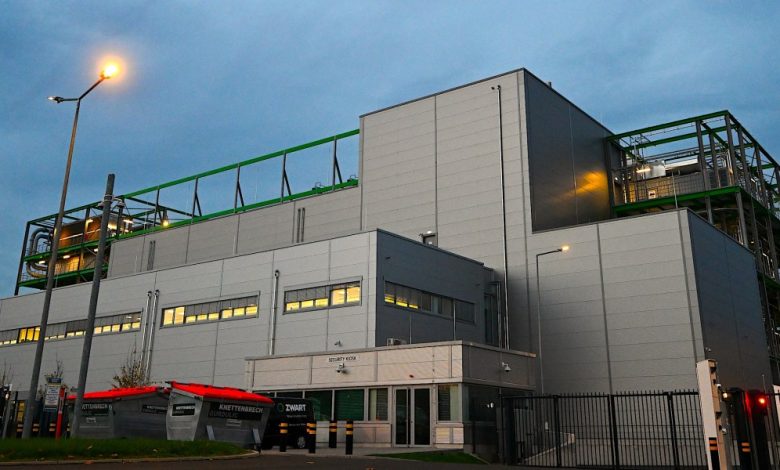Big Tech company debt ‘would increase the macro risks associated with the AI build-out,’ Goldman Sachs warns

The increase in debt-funded capital expenditure (capex) by the big “hyperscaler” tech companies is adding to the level of risk in the AI economy, according to Goldman Sachs. Those companies—Amazon, Google, Meta, Microsoft, and Oracle specifically—have taken on $121 billion in debt, year-to-date, up from $28 billion on average over the previous five years.
“While the degree of public company leverage remains small, a continued shift toward debt financing would increase the macro risks associated with the AI build-out,” Goldman analyst Ryan Hammond and his team wrote in a note seen by Fortune.
The amount of extra debt from big tech companies being traded in the private credit markets is already having an effect. “Excluding [Oracle], the large public hyperscalers could theoretically increase their debt by $700 billion,” Hammond et al wrote.
Guy LeBas, chief fixed income strategist at Janney Capital Management, a wealth manager that advises on about $170 billion in client assets, agrees.
“The growth of the U.S. corporate bond markets net new issuance [of debt] is about $600-$800 billion per year. And hyperscaler issuance could increase that number by 20%,” he told Fortune.
The extra supply of corporate debt is making investors demand greater yields from that debt, above the rate of treasuries, to account for the extra risk, LeBas said.
“Even as this trend has taken hold, the spread of the investment grade bond markets over treasuries, in aggregate, has gone from about 70 basis points to about 85 basis points today. I would anticipate that if the hyperscaler debt issuance theme continues, we could see spreads widen as much as 95 basis points, which is material when we’re talking about a relatively low volatility market,” he said.
All this extra debt has analysts trying to figure out where that extra risk will play out. They all agree that the chances of one of the big tech companies breaching a debt covenant is extremely small. They have masses of cash on their balance sheets.
But smaller companies are also issuing private credit to service the AI economy, LeBas said. For instance, companies like data center real-estate investment trusts (REITs) are aggressively borrowing in some cases, he said.
“I think that the biggest risks I see in the private credit lending market are often where private credit intersects with smaller participants in the AI data center expansion. For example, just a hypothetical, private credit loans that are backed by GPU [computer chip] purchases from a startup that is using those loans to purchase data center space in a multi-tenant data center, which may also be getting loans from said private credit entity, to fund the data center infrastructure,” he said.
Those loans tend to be taken on when the market is in a boom. The value of the underlying assets that back them—computer chips have a useful life of only a few years before they are rendered obsolete by newer models—will decline if there is a pullback in AI spending. “Those pro-cyclical lending experiences tend to be the ones that end in tears,” LeBas said.
The Goldman team was cautious in its language. “Negative share price reactions to capex surprises could force managements to reconsider the magnitude of capex growth going forward,” they said.






